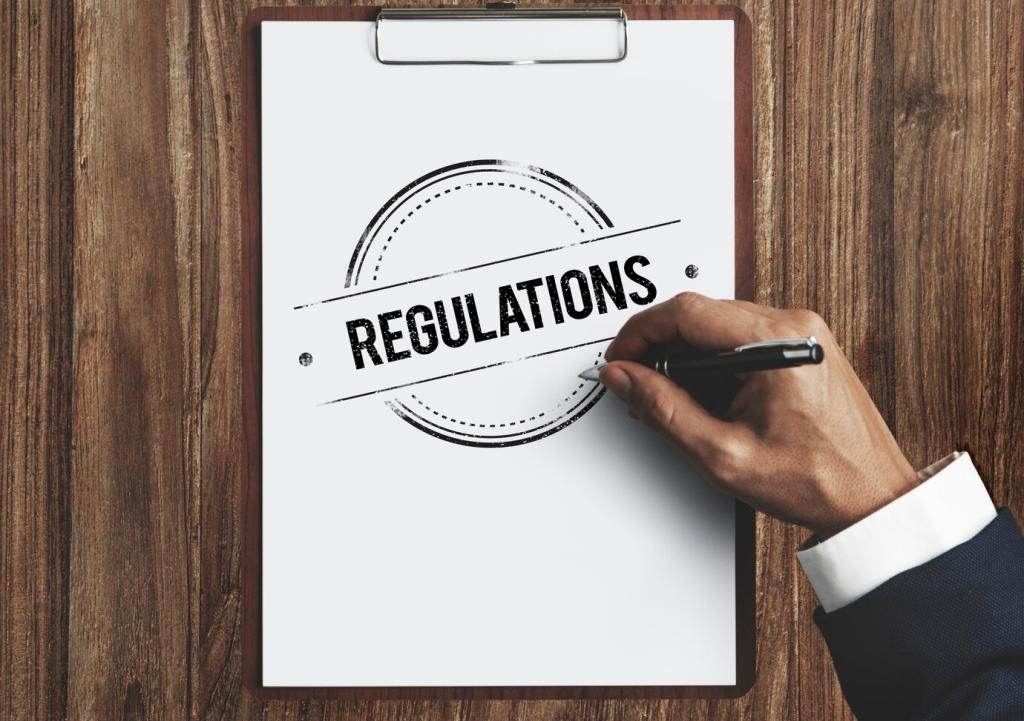Shareholders and Stewardship: Engagement That Matters
Virtual or hybrid AGMs are most useful when questions are published, time-stamped, and answered with specificity. Companies that pre-release presentation decks and host short thematic briefings—strategy, sustainability, or risk—find better investor understanding and fewer surprises on voting day.
Shareholders and Stewardship: Engagement That Matters
Institutional investors increasingly ask for board renewal timelines, diversity progress, and ESG metrics that tie to pay. Issuers who proactively share roadmaps and admit what is still in progress build trust, often reducing friction during sensitive resolutions and director reappointments.








